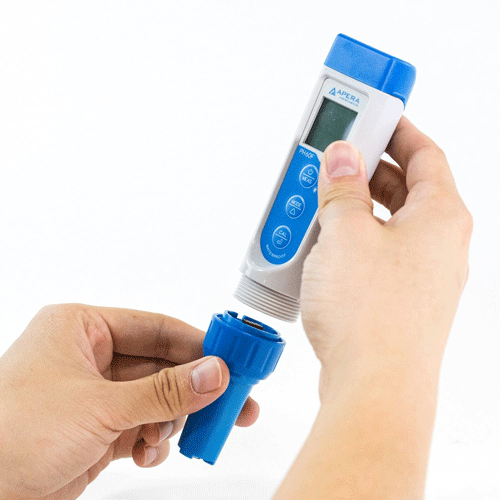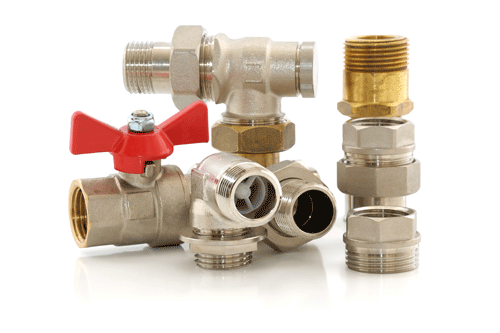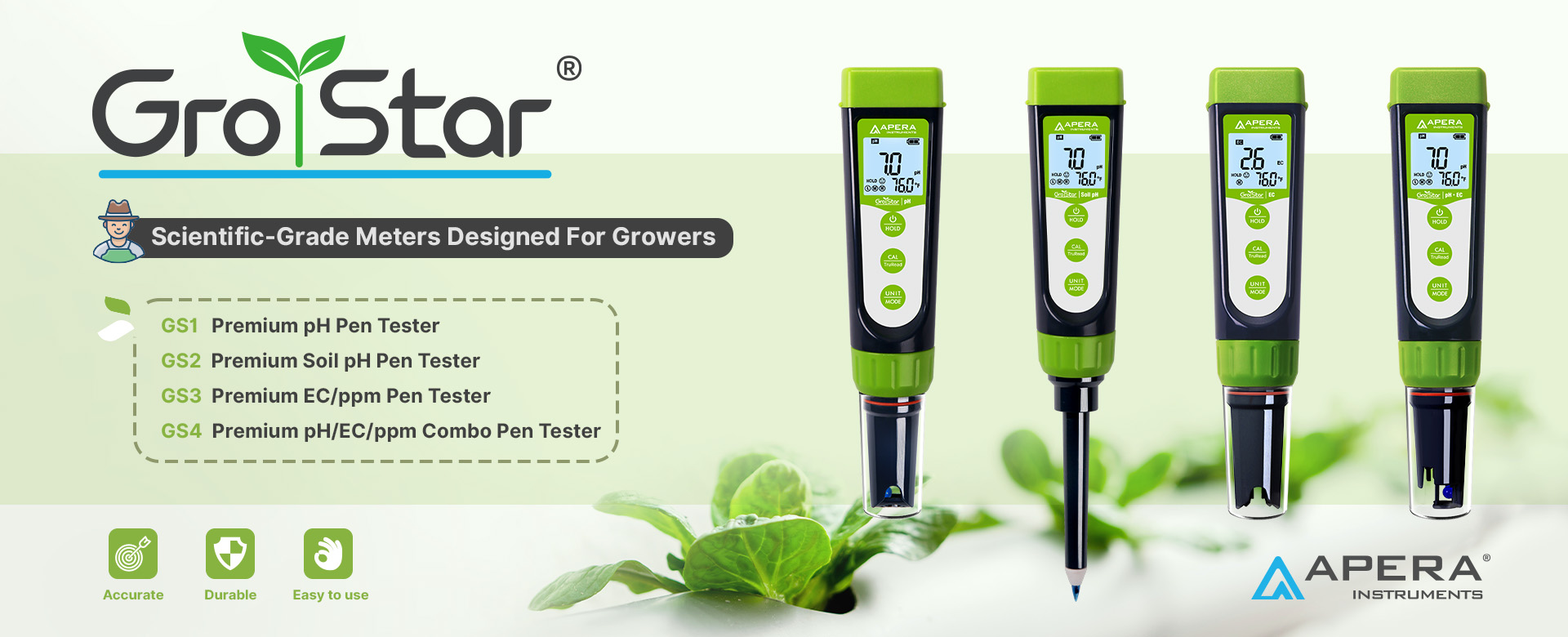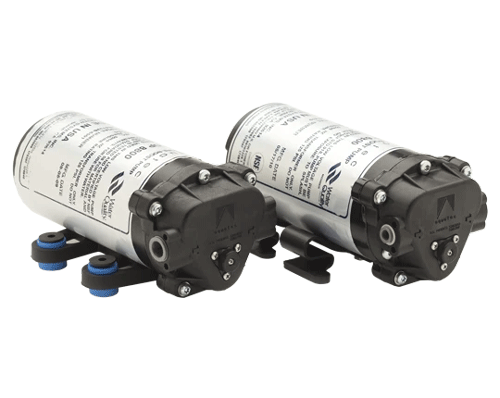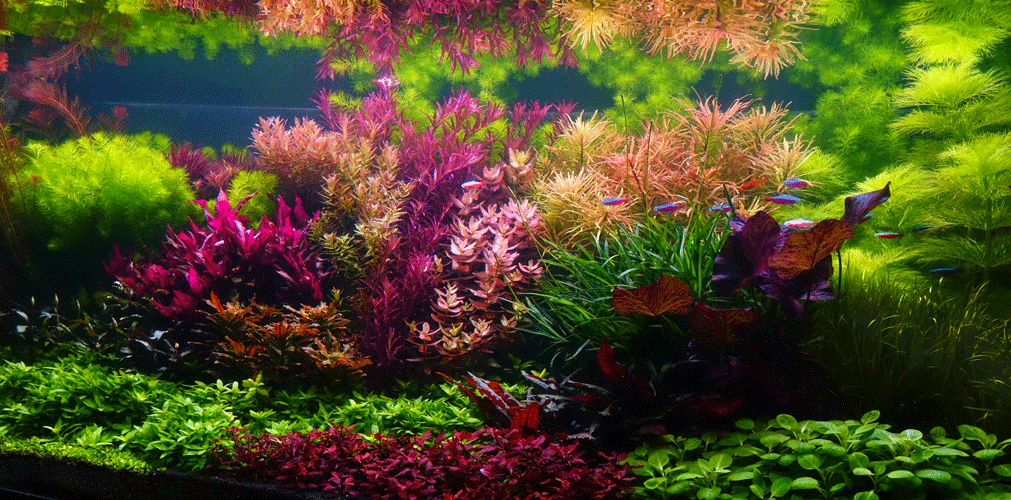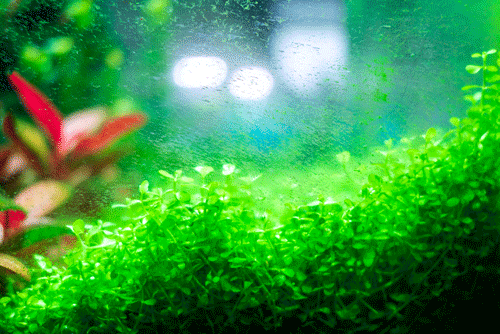Product added to cart
02Feb
02Feb
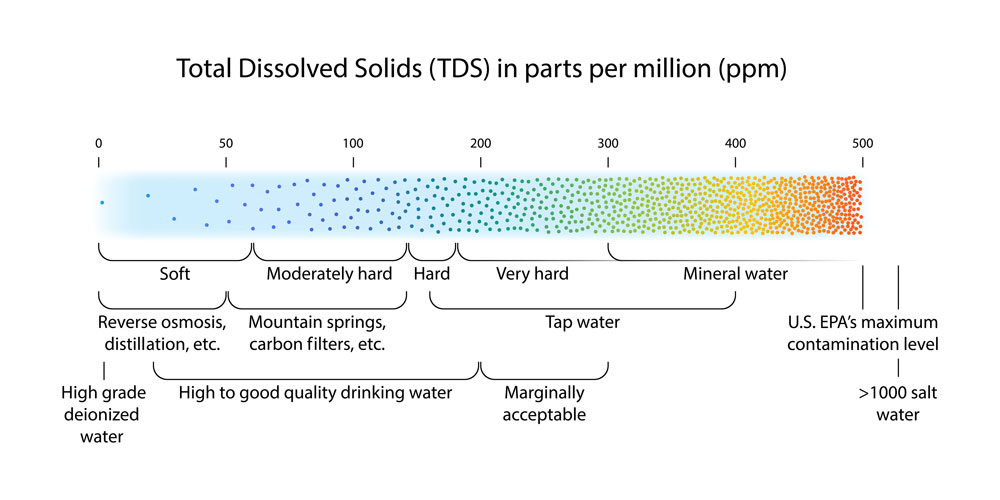
02Feb
02Feb
What's the Normal TDS for Drinking Water?
Ever wondered what that number on your fancy water filter means? Or worried your tap water might be "impure" because it tastes different than bottled water? Relax, you're not alone! Today, we're diving deep into the world of Total Dissolved Solids (TDS) and uncovering the normal range for safe drinking water.
What is TDS?
Imagine a cup of tea. The tea leaves, sugar, and milk are all dissolved solids, contributing to the overall taste and composition of the drink. Similarly, TDS in water refers to the amount of minerals, salts, and organic matter dissolved within. It's measured in milligrams per liter (mg/L) or parts per million (ppm).
Is there a "normal" TDS level?
Unfortunately, there's no single "perfect" number. The ideal TDS range for drinking water depends on several factors, including:
- ...
